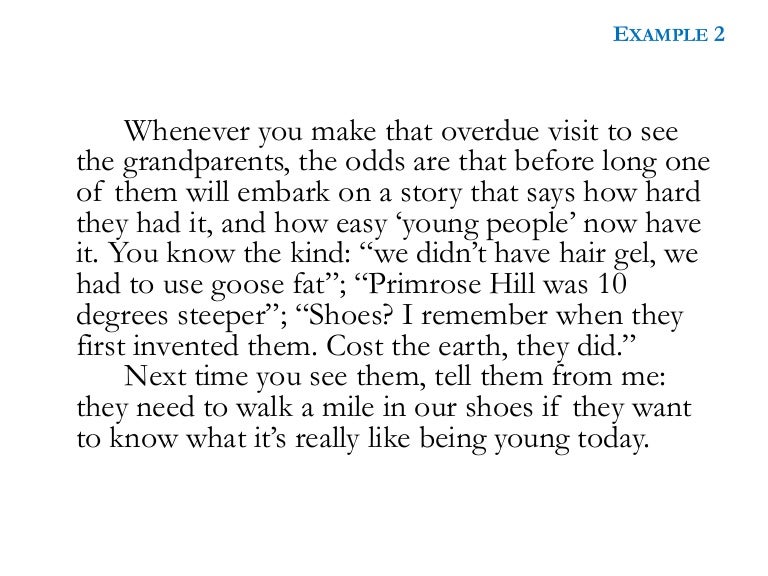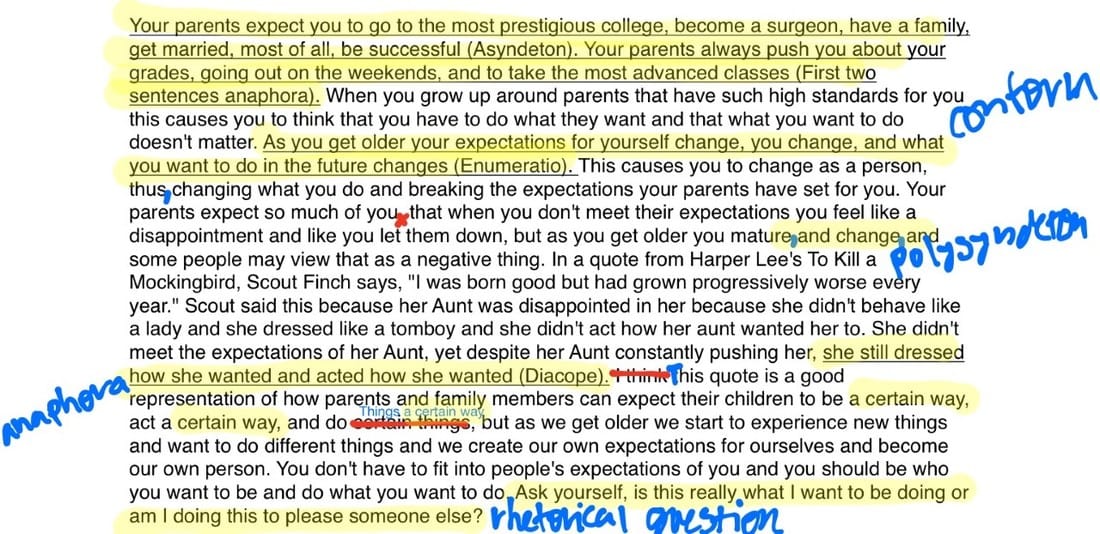
Also, make sure you are citing your sources appropriately.Īfter illustrating your point with relevant evidence and analysis, add a concluding sentence. Sometimes, adding transitional or introductory phrases like: “For example”, “For instance”, “First”, “Second”, or “Lastly” can help guide the reader.

These examples contain a topic and a controlling idea. Effective leadership requires specific qualities that anyone can develop.There are several advantages to online education.People can avoid plagiarizing by taking certain precautions.The controlling idea – This idea focuses the topic by providing direction.The topic – The main subject matter or idea covered in the paragraph.Good topic sentences should always contain both (1) a topic and (2) a controlling idea. Strong paragraphs are typically about one main idea or topic, which is often explicitly stated in a topic sentence. This concept is sometimes called the controlling idea. Most often, the topic is easy, but the question then turns to what you want to say about the topic. Why is this information important/significant/meaningful?īefore writing a paragraph, it is important to think first about the topic and then what you want to say about the topic.How does it relate to your overall argument?.What does the provided information mean?.Providing an explanation ensures you integrate your research and include your own academic work as well. The explanation is the writer’s analysis, elaboration, evaluation, or interpretation of the point and information given, connecting the information with the point (topic sentence) and the thesis. Without this step, your paragraph may be made up solely of someone else's work. Personal experience or stories from your life or others (mostly used for reflective writing rather than argumentative)įor more information on types of evidence, be sure to review our Choosing Sources & Evidence page.Expert opinions and analysis from experts on the topic.Information from credible research or course readings.Statistics, polls, percentages, data from research studies.Here are types of evidence you might include: What will this paragraph prove or discuss?Īfter establishing your point, provide information in the form of evidence to support your topic sentence.


Make sure each of your body paragraphs have the following parts: One way to think about structuring your paragraphs is to use the P.I.E.


 0 kommentar(er)
0 kommentar(er)
